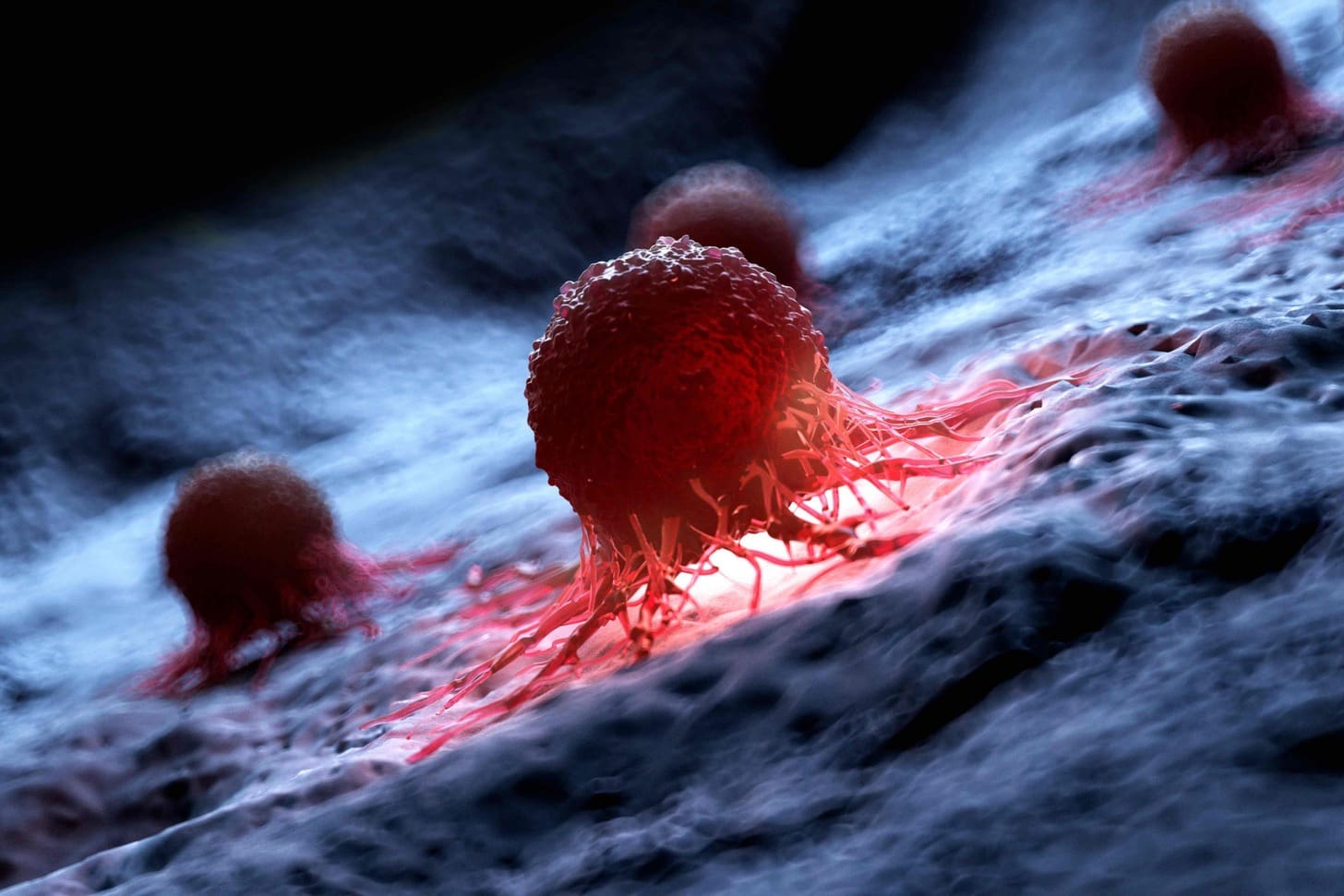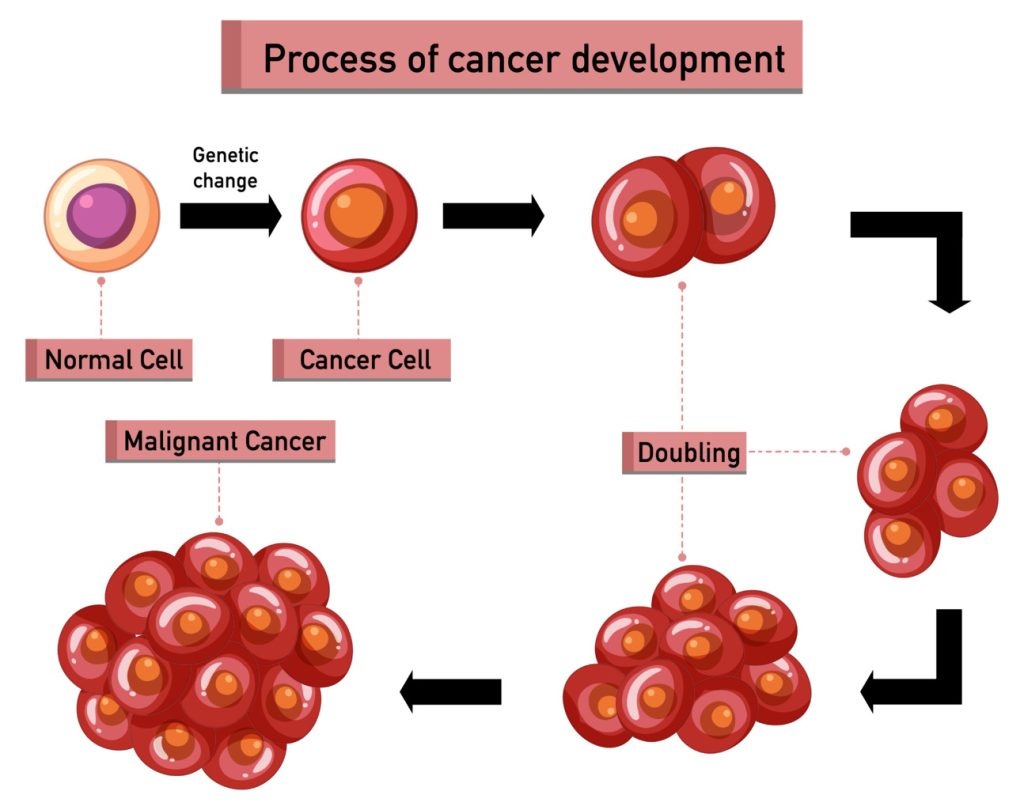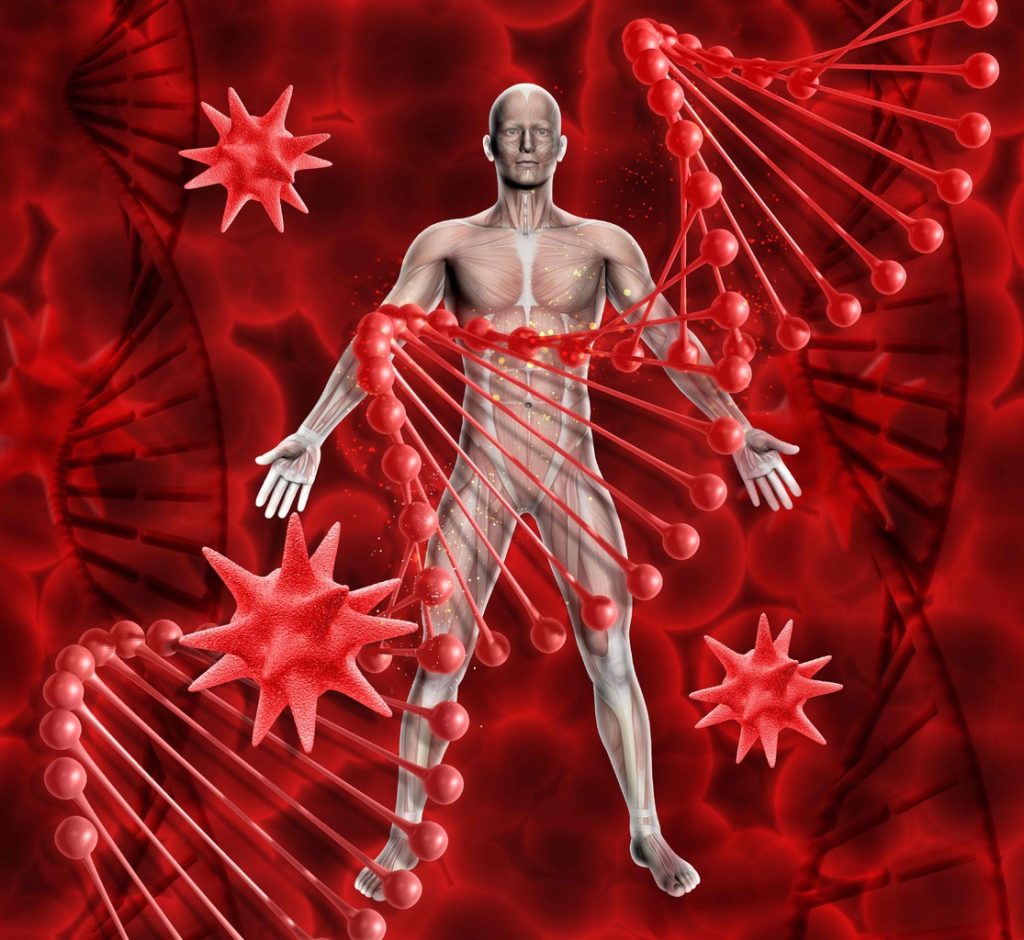
Knowing about myeloid hemopoiesis is key for both patients and doctors. In adults, this process mainly happens in the bone marrow of the axial skeleton. The bone marrow is essential for making blood cells, playing a big role in our health.
At Liv Hospital, we focus on top-notch oct. We make sure our patients get the best treatment for myeloid hemopoiesis-related issues. By knowing where and how this process happens, we can improve diagnosis and treatment.

Myeloid hemopoiesis is at the core of blood cell creation. It produces red cells, granulocytes, monocytes, and platelets. This process is vital for keeping the right balance of blood cells in our bodies.
Myeloid hemopoiesis is how myeloid cells turn into different blood cell types. It’s key for making red blood cells, platelets, and some white blood cells like granulocytes and monocytes. Medical studies show it’s a tightly controlled process, needing growth factors and cytokines to work right.
This process is important because it makes sure we have enough blood cells. These cells carry oxygen, fight off infections, and help with blood clotting. If it goes wrong, it can cause blood disorders.
The myeloid cell lineage has several types, each with its own job:
| Cell Type | Function |
|---|---|
| Red Blood Cells | Oxygen Transport |
| Platelets | Blood Clotting |
| Granulocytes | Defense Against Infections |
| Monocytes/Macrophages | Phagocytosis |

In adults, myeloid hemopoiesis mainly happens in the bone marrow. This is where blood cells are made. The bone marrow is key for creating red blood cells, platelets, and some white blood cells.
The bone marrow is the spongy tissue inside some bones. It’s where blood cells are produced in adults. The bone marrow is the central site for myeloid hemopoiesis. It’s where stem cells turn into different blood cells.
In adults, myeloid hemopoiesis mainly happens in the axial skeleton. This includes the:
These bones have red marrow, which is vital for blood cell production. The axial skeleton is chosen for myeloid hemopoiesis because of its good blood supply and supportive environment.
Recent studies have shown where hematopoietic stem cells are found in adults. These stem cells are not only in the bone marrow but also in other places, though in smaller amounts. The bone marrow in the axial skeleton is the main site for myeloid hemopoiesis, according to the latest research.
Knowing where myeloid hemopoiesis happens is key for diagnosing and treating blood disorders. The location of hematopoietic stem cells and the bone marrow’s environment are very important in this process.
In adults, myeloid hemopoiesis mainly happens in the bone marrow. This is because of its special structure and function. The bone marrow has a complex environment that helps blood cells develop and mature.
The bone marrow’s structure is perfect for making blood cells. It’s inside bones, giving it a protected environment. This environment is full of blood vessels and has a spongy shape. This setup helps hematopoietic stem cells and their supporters work together well.
The bone marrow’s blood vessels are key for blood cell production. They supply oxygen, nutrients, and growth factors. The marrow’s sinusoids help release mature blood cells into the blood.
The bone marrow’s biochemical environment is balanced. It has growth factors, cytokines, and signaling molecules. These help control the growth, differentiation, and survival of blood cells. For example, stem cell factor (SCF) and thrombopoietin are vital for hematopoietic stem cells.
The bone marrow also makes other factors for blood cell development. These factors create a supportive niche for myeloid hemopoiesis.
The bone marrow protects hematopoietic stem cells. The endosteal region, where stem cells live, has a hypoxic environment. This helps keep stem cells in a dormant state and prevents them from getting too tired.
Also, the bone marrow guards stem cells from damage. It protects them from harmful agents like reactive oxygen species (ROS). This protection helps keep hematopoiesis going throughout a person’s life.
It’s important to know how bone marrow works in adults. This organ is key in making blood cells. It’s a complex part of our body.
In adults, bone marrow is divided into red and yellow types. Red marrow makes red blood cells, white blood cells, and platelets. It’s found in bones like hips, spine, and ribs.
Yellow marrow is mostly fat and is in long bones’ shafts. It doesn’t make blood cells but can turn into red marrow when needed.
The bone marrow has a special environment for blood cell making. It has different cells like stromal, endothelial, and immune cells. They all help blood cells grow and work right.
The bone marrow gets its blood supply from arteries and veins. Arteries bring oxygen and nutrients, while veins take away waste. It also has nerves that help it work.
The blood supply and nerves are vital for bone marrow. They help blood cells get into the blood and adjust to the body’s needs.
Myeloid cell development is a complex process. It turns hematopoietic stem cells into mature blood cells. This is key for keeping the body’s blood cell count healthy.
We will look at the stages of myeloid differentiation. We will also explore the regulatory factors and the interactions in the bone marrow.
The journey from stem cells to mature myeloid cells has several stages. It starts with stem cells committing to the myeloid lineage. Then, they differentiate into various cell types, like monocytes and neutrophils.
Transcription factors like Spi1 and Runx1 are key. They help guide the cells to mature correctly.
Myelopoiesis is controlled by growth factors, cytokines, and transcription factors. These elements ensure myeloid cells are produced and mature correctly.
Cytokines like G-CSF and GM-CSF are vital. They help myeloid progenitor cells grow and mature. The right balance of these factors is essential for healthy blood cell production.
The bone marrow microenvironment is vital for myeloid cell development. Interactions between hematopoietic cells and the stroma, like fibroblasts, are essential. They create a nurturing environment.
These interactions involve direct contact and the release of soluble factors. They support the growth and differentiation of myeloid cells. The complex interactions in the bone marrow ensure myeloid cells develop and are released into the circulation as needed.
Blood cell production, or hemopoiesis, starts in the fetus and changes a lot as we grow up. It’s important to know these changes to understand how our bodies adapt at different stages.
In the fetus, blood cell production happens in different places before it settles in the bone marrow. It first happens in the yolk sac, then moves to the liver, and later to the spleen and lymph nodes. The liver is key for blood cell production in the second trimester of pregnancy.
As the fetus grows, the bone marrow becomes the main place for blood cell production. By birth, the bone marrow is already doing most of the work. But, some blood cell production might also happen in the liver and spleen.
When we grow from a fetus to an adult, the bone marrow becomes the main place for making blood cells. This change is key for making red blood cells, platelets, and different white blood cells.
The adult bone marrow can make many types of blood cells. This is thanks to hematopoietic stem cells and the bone marrow’s complex environment.
In short, the journey from fetus to adult involves changes in where blood cells are made. It all ends in the bone marrow. Knowing these changes helps us understand how blood cells are made and why it’s important for our health.
In some cases, the body makes blood cells outside the bone marrow. This is called extramedullary hemopoiesis. It happens in different organs and is a key response to certain diseases.
There are two types of extramedullary hemopoiesis. The normal kind happens in the womb, where the liver and spleen make blood cells. The other kind happens when the bone marrow fails and the body uses other sites to make blood cells.
A hematologist, notes, “Pathological extramedullary hemopoiesis is a sign of an underlying condition that needs to be addressed, such as myelofibrosis or severe hemolytic anemia.”
The liver and spleen are where blood cells often form outside the bone marrow. They can make blood cells again if needed. The liver is a key site for this in cases of bone marrow failure.
A study in the Journal of Hematology showed that the spleen often makes blood cells in people with certain blood disorders. This shows how the spleen helps when the bone marrow can’t.
Finding extramedullary hemopoiesis is important for treating the condition. MRI and CT scans can spot where blood cells are being made. A biopsy can confirm if blood cells are being made outside the bone marrow.
Extramedullary hemopoiesis is not just a backup plan. It can also mean there’s a serious blood disorder. So, finding it means we need to look deeper into the patient’s health.
Clinical detection methods include:
Knowing about extramedullary hemopoiesis helps doctors make better treatment plans. This can lead to better health outcomes for patients.
Medical technology has changed how we treat blood disorders. Liv Hospital leads in providing top-notch care for patients. Our team uses the latest research and tech to help those with blood issues.
Diagnosing blood disorders is now faster and more accurate. We use cutting-edge tools like next-generation sequencing and advanced flow cytometry. These help us spot and track blood diseases better.
Key Diagnostic Innovations:
Myeloid disorder treatments have improved a lot. Now, we focus on treatments that fit each patient’s needs. Our doctors work with patients to create personalized plans.
| Treatment Modality | Description | Benefits |
|---|---|---|
| Targeted Therapy | Treatments that target specific molecular abnormalities | Improved efficacy, reduced side effects |
| Immunotherapy | Treatments that harness the immune system to fight disease | Enhanced immune response, long-term remission possible |
| Stem Cell Transplantation | Procedures that replace diseased stem cells with healthy ones | Potential for cure, better survival rates |
Liv Hospital follows strict protocols for blood disorder care. Our team of experts works together to give the best treatment. This ensures our patients get top-quality care.
We’re always looking to improve blood disorder care through research and learning. Our dedication to excellence and patient care makes us a top choice for treatment.
Myeloid hemopoiesis is key in adults, making blood cells for oxygen transport, immune defense, and clotting. It mainly happens in the bone marrow, a spongy tissue in bones like hips and thighbones. This tissue has blood vessels for nutrient and waste exchange.
The bone marrow’s special structure and environment are perfect for myeloid hemopoiesis. Here, hematopoietic stem cells turn into different blood cells. Knowing where hematopoiesis occurs in adults helps in diagnosing and treating blood disorders.
At Liv Hospital, we understand myeloid hemopoiesis’ importance. We offer top-notch diagnostic and treatment options for bone marrow issues. Our team of experts is committed to giving the best care for blood-related conditions. For more on what triggers hematopoiesis, check out our detailed resource.
In adults, myeloid hemopoiesis mainly happens in the bone marrow. This is in the bones of the spine, hips, ribs, sternum, and skull.
Myeloid hemopoiesis is how myeloid cells, like red blood cells and platelets, are made. It’s key for keeping our blood cell counts right and our health good.
Red marrow makes blood cells and is active in hemopoiesis. Yellow marrow has fat cells and isn’t making blood cells. But, yellow marrow can turn into red marrow when needed.
Yes, it can happen outside the bone marrow, called extramedullary hemopoiesis. This is in organs like the liver and spleen, mainly when there’s a problem.
The bone marrow is perfect for making blood cells. It has a special environment and a lot of blood vessels. This makes it great for growing and maturing blood cells.
Myeloid cell development starts with hematopoietic stem cells turning into different types of cells. This is guided by growth factors and cell interactions in the bone marrow.
At first, hemopoiesis is in the yolk sac, then the liver, and later in the bone marrow. By adulthood, the bone marrow is the main place for making blood cells.
Liv Hospital focuses on top-notch hematological care. They support patients worldwide and use the latest treatments for myeloid disorders. They follow strict standards in their care.
In adults, hematopoiesis, including myeloid hemopoiesis, happens in the bone marrow. This is mainly in the bones of the spine, hips, ribs, sternum, and skull.
Myeloid hemopoiesis takes place in the bone marrow. This is in the bones of the spine, hips, ribs, sternum, and skull.
Subscribe to our e-newsletter to stay informed about the latest innovations in the world of health and exclusive offers!
WhatsApp us